40 ways graphene is about to change your life
The most famous molecule in the tech industry is coming to life

It's strong, it's flexible, and it's now been here for a while. It spent a long time being refined and developed in the labs, but graphene has been on the market for a couple of years now... and it's having an impact.
The first wave of graphene-based products are being used in the world of smartphones, wearables, batteries, virtual reality, sports equipment, super-capacitors and supercars... and that's just the beginning.
Graphene is a material that some believe has been coerced from abandoned space ships, left on Earth by extraterrestrials years ago. While that's a little unlikely, the power of this super-thin, strong, conductive and all-round amazing material is deserving of such a conspiracy.
It has been over 60 years coming as scientists and manufacturers alike have struggled to harness the power of this awesome material, but it's closing in on revolutionizing so many things we're using day to day.
We've recently updated this page with 10 more ways that graphene is about to change your life. That said, a number of these new advances are still in the prototype stage, rather than being on sale.
Want to know why? Check out our feature, why is graphene taking so long?
Graphene cooling in the Huawei Mate 20 X
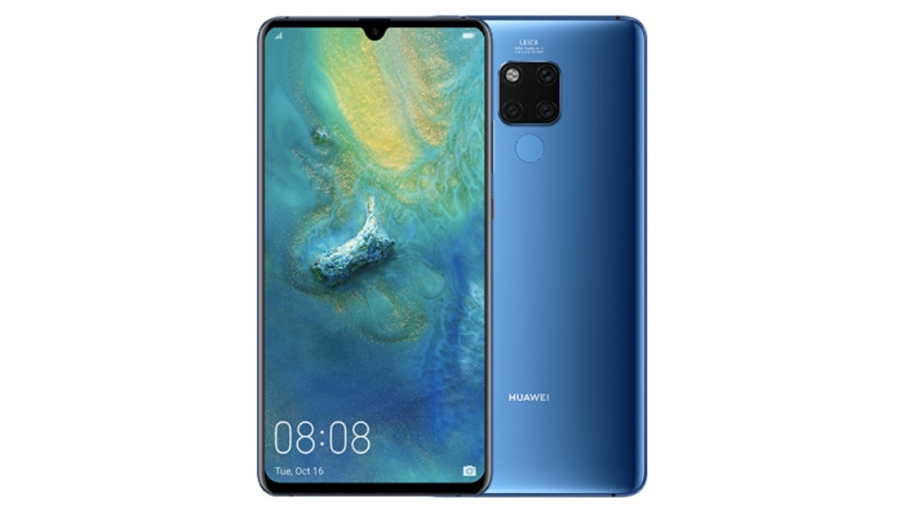
The nascent graphene industry has long wondered why big tech firms haven't regularly commercialized its ‘wonder material’, so the inclusion of it in the Huawei Mate 20 X is pretty big news.
Sign up for breaking news, reviews, opinion, top tech deals, and more.
However, details of how graphene is used in this 7.2-inch phone's ‘super cool system’ are scant.
All we know is that a film of graphene (which is brilliant at dissipating heat thanks to its structure) is used in conjunction with a vapor chamber to keep the Mate 20 X cool even while the CPU and GPU are being pushed to their limit.
That’s something that could happen a lot, since its massive screen, 7nm Kirin 980 chipset, 6GB of RAM and 5,000mAh battery make the Huawei Mate 20 X a phone that’s likely to be used for intensive gaming.
Graphene nano-electronics
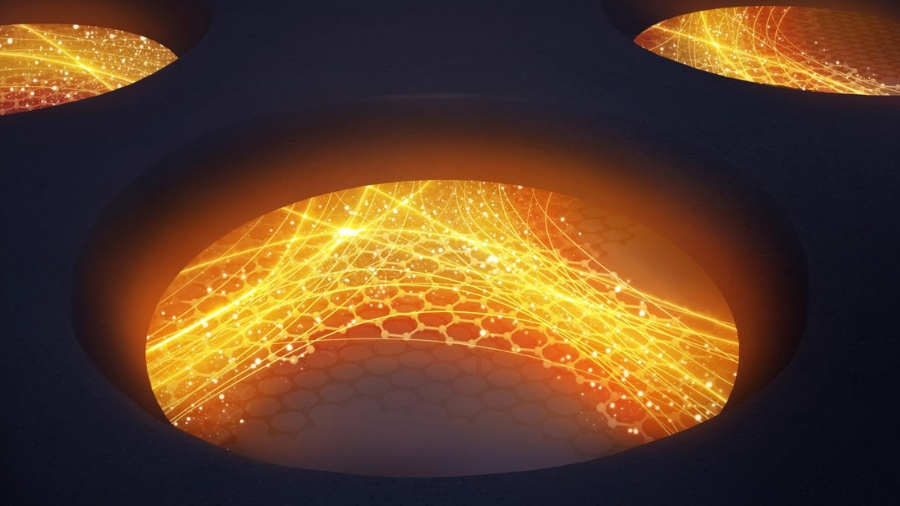
Ultra-thin and 2D, graphene conducts electrical current like nothing else, which in theory should mean much faster and more energy-efficient forms of electronics. What has been holding it back is the band-gap problem; how to engineer a graphene transistor that reliably switches on and off.
Researchers at DTU Physics in Denmark have come up with a new nanolithography-powered 'sandwich' technique that gets graphene to nanoscale dimensions without ruining its electrical properties.
“The fact that we can tailor electronic properties of graphene is a big step towards creating new electronics with extremely small dimensions,” says researcher Peter Bøggild.
Graphene 'fitness patch'

Since it is flexible and extremely sensitive to changes in heat and light, graphene has a big future in wearable devices. This 'transdermal fitness patch' from the ICFO in Barcelona does everything your Fitbit can do, and more, but in the form of a stick-on patch.
It measures heart rate, hydration and breathing rate with improved accuracy and less power consumption than current fitness bands, and conforms to any surface.
This is sadly still just a prototype right now, but the ICFO believes that it could easily connect to your smartphone and give you alerts when you're a little bit dehydrated... because we're so busy looking at our phones that we've forgotten to note when we're thirsty.
Graphene contactless cards
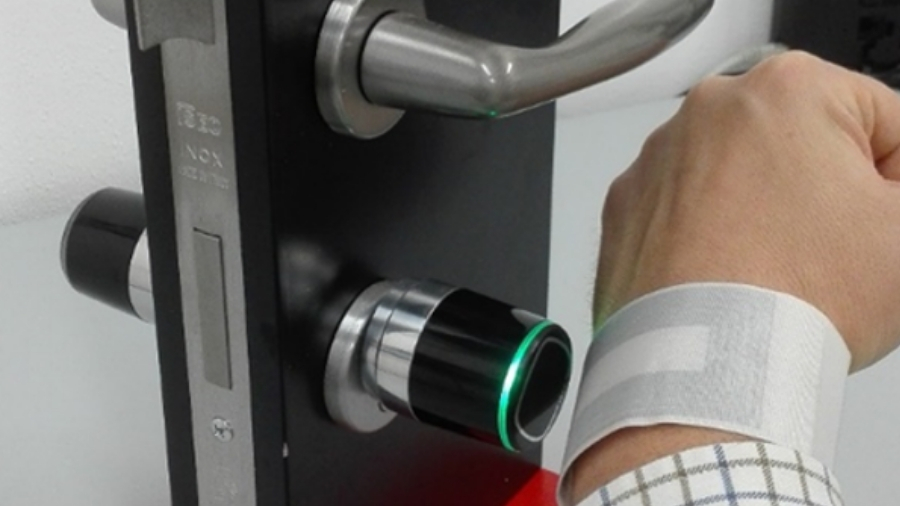
Single-use plastic is not the future, but in the present it's everywhere. Hotel key cards (and contactless bank cards) are presently made of plastic with an NFC antenna inside that uses rare metals.
However, if you make that NFC antenna out of graphene – a material which is nothing more than carbon, which is plentiful on planet Earth – and print it on recycled paper using graphene ink, that means a lot less waste.
As well as electronic keys aimed at hotels that are being shown-off by Italy's CNR, the same tech could also mean sustainably produced boarding passes, concert wristbands, train tickets and much more… with NFC embedded inside as a bonus.
Graphene cement
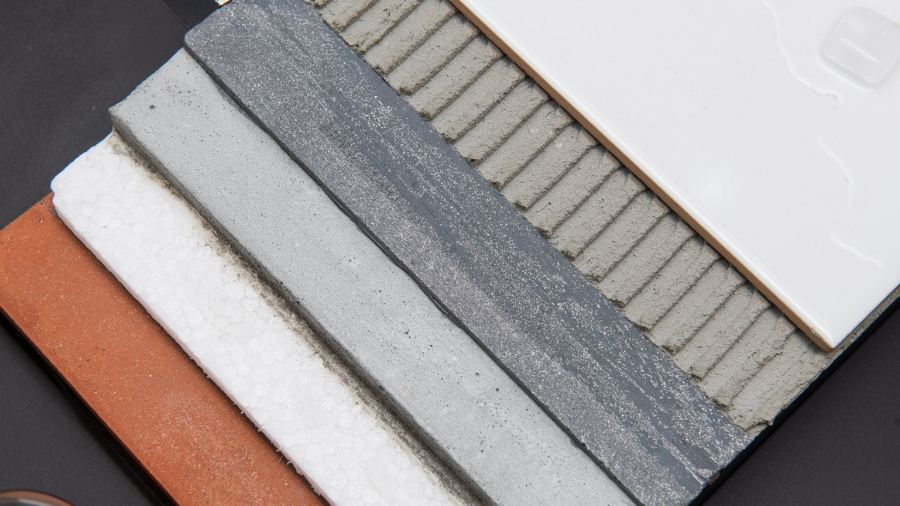
How about a house without (expensive) copper and wires? One of the most popular displays at Mobile World Congress 2019's Graphene Pavilion was Italcementi's 'conductive cement'.
The graphene inside makes it conductive, so there's no need for electricity cables to be tunneled into the walls. But there's another, hidden, use: cooling.
In hot countries, a wall that easily dissipates heat will automatically make the house cooler without the need for expensive air-con. Graphene-infused cement could also mean integrated conductive strips of graphene around the home for lighting and in-floor heating.
MediaDevil Artisanphonics CB-01 Nanene earphones
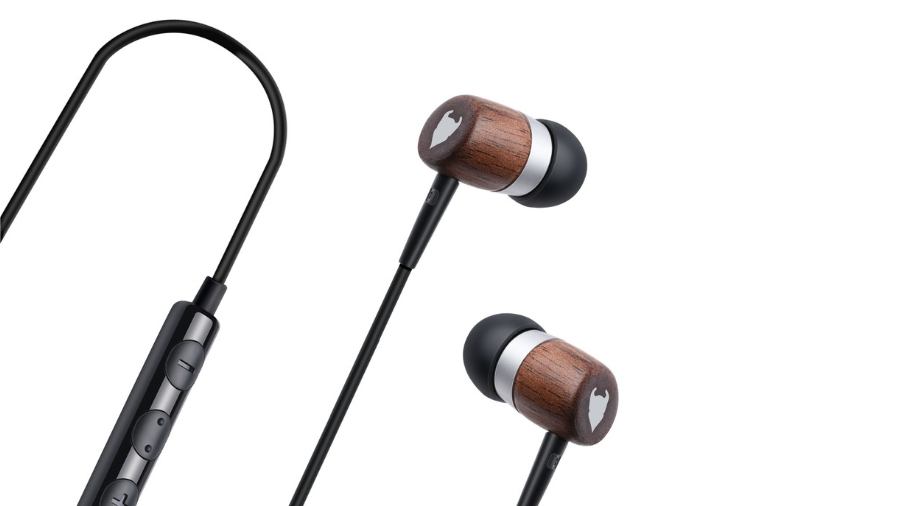
If you want an earful of graphene, you can get that right now for a low price. On sale from London-based MediaDevil are the Nanene 'enhanced audio' earphones, which are built by Versarien.
The diaphragm membrane in each earphone is made with graphene, so it's much thinner yet has the same strength and durability as a regular membrane.
However, because it's flexible it can be controlled better, allowing for enhanced treble and bass. They're iOS and Android-compatible.
Graphene board games

How about a game of Monopoly… with lights? Using electroluminescent inks that makes light thanks to graphene, Novalia and the University of Cambridge have come up with a demonstration board game called 'Homeward Bound' that has integrated touchpanels, dice that light up, and 'chance' cards that are multilingual.
It's not going on sale, but it highlights the fact graphene inks can be printed on cardboard, wood, paper (or anything) to create smart surfaces.
Graphene gas detectors and 'air sniffers'
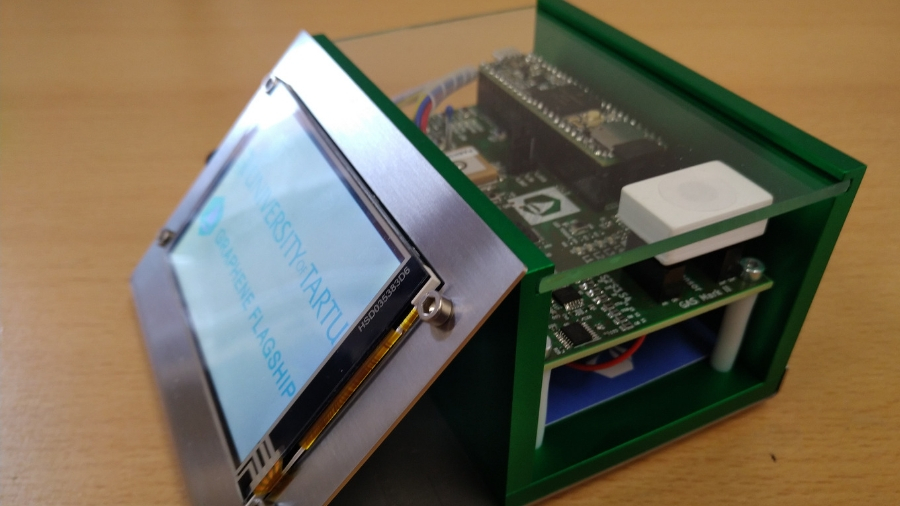
Graphene-based electroluminescent inks have been shown by the ICN2 (the Catalan Institute of Nanoscience and Nanotechnology) to work as gas detectors.
The ICN2’s prototype is a screen-printed electroluminescent display that can sense everything from humidity levels to toxic gases such as carbon monoxide, carbon dioxide or nitric oxide.
When the graphene sensor inside responds to changes in the air composition, it becomes conductive, and a light comes on that varies in intensity according to how much gas is detected.
The University of Tartu in Estonia has also created the Graphene Air Sniffer (GAS), which has graphene-based miniature sensors that can detect very low levels of pollutants in the air.
Graphene 'supercaps' for phones

Since graphene conducts electricity so perfectly, it can be used to create ultrafast charging batteries that can handle currents at rates that are dozens of times higher than lithium batteries.
Supercapacitors or 'supercaps' are storage devices that can charge and discharge at a very high speed, and the addition of graphene has been worked on for five years by aerospace giant Thales and M-SOLV.
A new spray coating technique has allowed researchers to increase the power of supercapacitors by five times. Expect products to be launched in late 2019.
Graphene intelligent clothes

Think the wearables era means Fitbits and the Apple Watch 4? If those bulky devices are the first wave of wearables, perhaps the second will be 'smart wear' powered by graphene.
Since graphene inks can be printed onto flexible surfaces, such as plastic sheets, paper and fabrics, it's possible to make graphene-based, electrically conductive clothes such as this Touch Interface T-Shirt from the VTT Technical Research Center of Finland.
Working as capacitive touch-sensitive electrodes, the printed graphene circuit is inside the t-shirt and the buttons are on the outside. Paired with a phone or TV over Bluetooth, it means you could answer your phone by tapping your clothes.
It could also enable soldiers, firefighters, skiers and other sportspeople to answer their phone on the go, as well as making it easier for elderly people who need to contact the emergency services.
UV-tracking graphene patch

UV-protective clothing that lets through a fraction of the sun's harmful rays to your skin is now common, but what if your clothes could actually tell you when your skin has had enough UV radiation? That's the idea behind this ultra-thin and flexible sensor.
"You stick it directly on your skin, or to your swimming shorts, or it could be integrated into clothes," says Professor Frank Koppens from ICFO (The Institute of Photonic Sciences), Barcelona. "It measures the UV index and sends an alarm to your phone when you need to get out of the sun." Currently in the process of being miniaturized, in the future this patch will be even smaller, and be completely transparent.
Smart insole monitoring for athletes
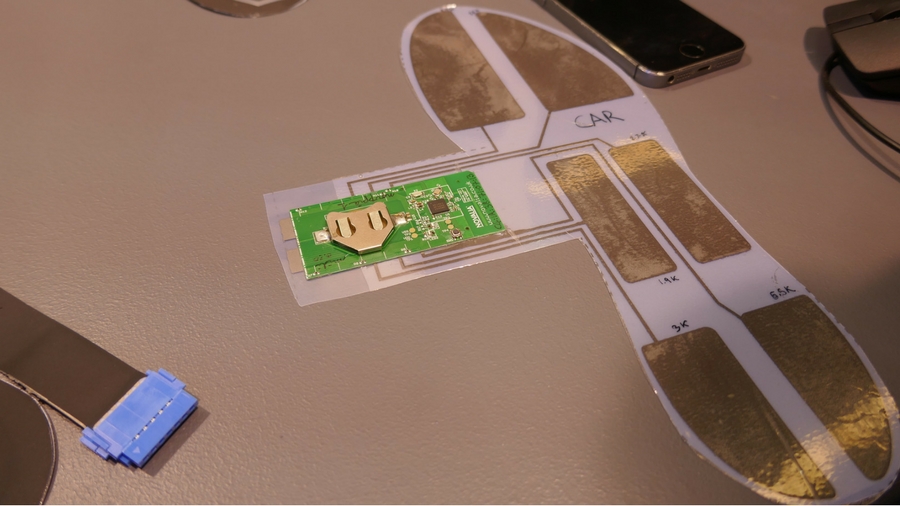
Graphene is also making great strides in smart footwear. Real-time pressure-sensing socks and insoles aren't new, but mostly such products have just a few pressure sensors built into them. This prototype has well over 100. Able to measure exactly where your feet is striking the sole, lightweight graphene-embedded foam responds to variations in pressure – and at exacting milligram level.
"I can get a qualitative number on how much every point of my foot is exerting on the sole, and present mapping of shoe pressure, all within a smartphone app," says Yarjan Abdul Samad from the Cambridge Graphene Center at the University of Cambridge.
Cool graphene shoes
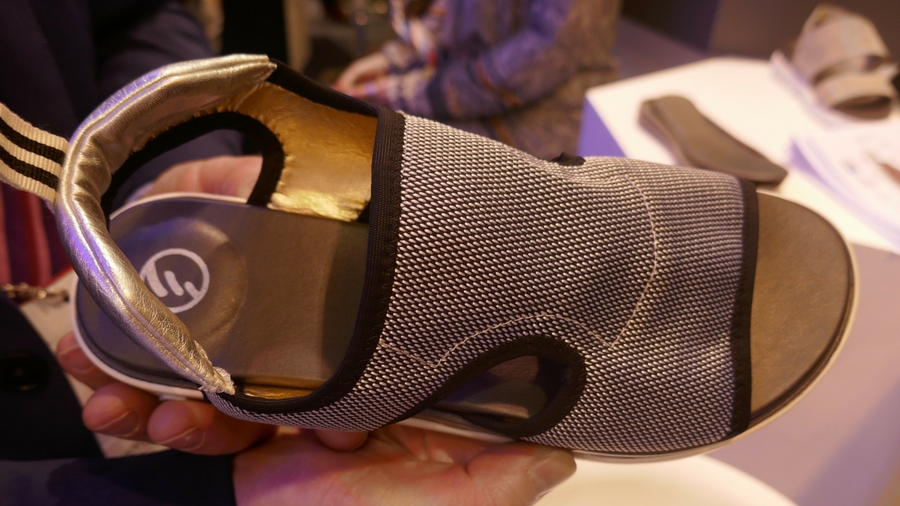
Graphene boasts excellent heat conductivity, so where better to put it than in a hot, stinky place? In this prototype of a graphene shoe developed by the Istituto Italiano di Tecnologia, BeDimensional and Tuscan shoemaker Fadel, graphene flakes are added to polyurethane. The end result is a shoe that dissipates 50% more heat than when the shoe is made just with polyurethane.
This is a great way to understand the value of graphene in the manufacturing process; it's usually an addition to, rather than a replacement for, existing materials. Even more astounding is that these graphene shoes are just 1% graphene.
The world's most efficient solar cell
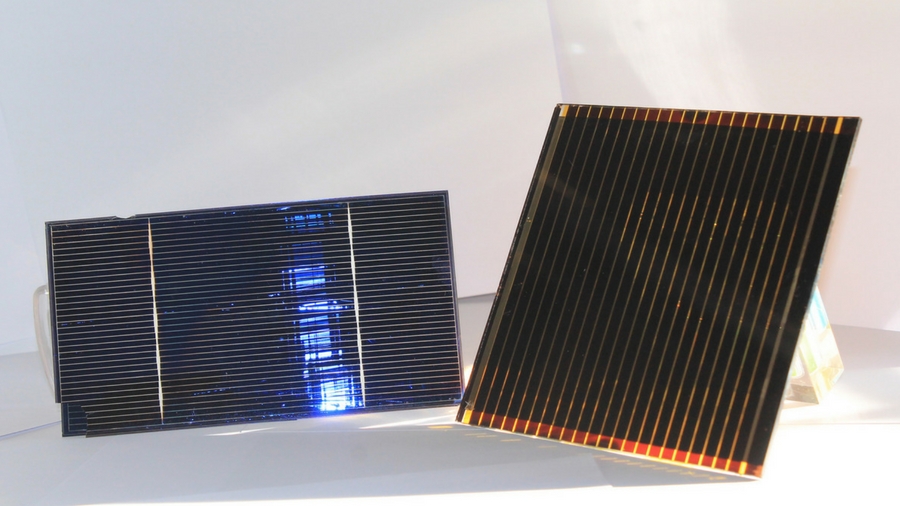
Could graphene help us capture solar energy more efficiently? The early signs are good, with the Istituto Italiano di Tecnologia using graphene to create large solar cells from perovskite (inorganic crystals).
“The graphene is used to increase the efficiency, and to increase the stability of the solar cell,” said Beatriz Martín-García from the IIT, who told TechRadar that although it doesn't last as long as a solar cell made from silicon, the graphene-infused version is already four times cheaper to manufacture. That's just as important a factor in graphene's potential impact as its 'magical' qualities.
Graphene brain-computer interfaces
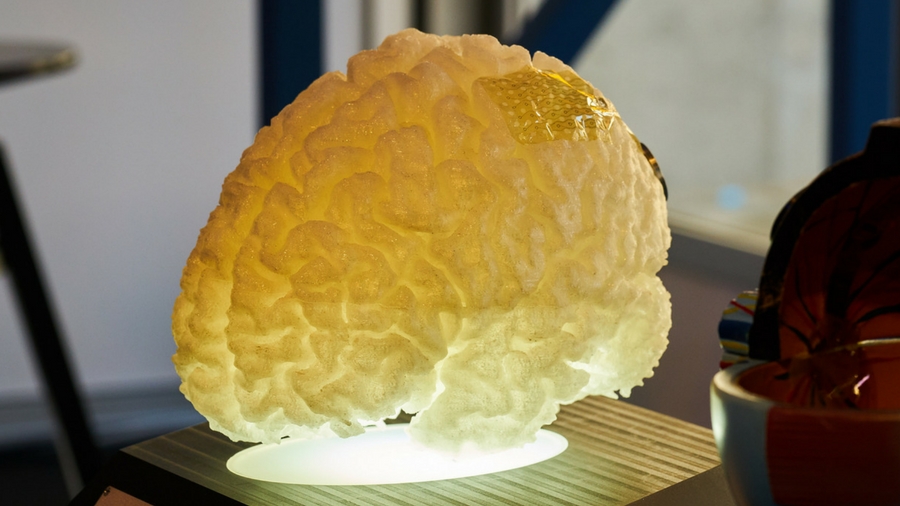
Graphene's flexibility means it can be used in brain implants that record and stimulate brain signals on the surface of the brain. "Graphene is enabling a new generation of less-invasive neural implants," says Professor Dr. Jose A Garrido, ICREA Research Professor at ICN2.
"It can be easily integrated into flexible substrates, it has a very high signal-to-noise ratio so retains a very high quality electrical signal, and it also minimizes the use of cables."
Garrido's work at the ICN2 Speech Centre Stimulation and BrainCom is focusing on providing a communication path to patients with severe speech disabilities (such as strokes and motor neuron disease) by mapping the region of the brain correlated to pronouncing speech.
Graphene cryo-cooler compressor for 5G

Mobile antennas and receivers need more and more cooling the higher the data throughput, or else they overheat. So the massive increase in data throughput required in 5G base stations is something of a conundrum for the telecoms industry. Cue this miniaturized cooling pump to take electronic systems down to cryogenic temperatures.
"We have developed a small compressor based on graphene that's about a tenth of the size of what can be done with other materials," explains Lars Lundgren at APR Technologies AB, Sweden. With no moving parts and with graphene in every other layer, it generates the pressure needed to cool down base stations to about to -150 degrees Celsius, the 5G signal stays stable. Ericsson and Nokia are involved.
Graphene infection-detectors
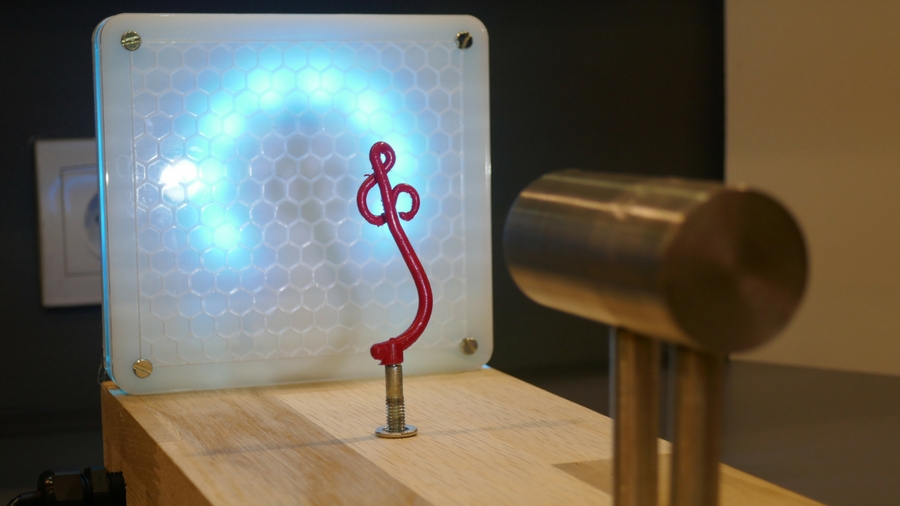
First reported in March 2014, the Ebola epidemic in West Africa killed over 11,000 people in Liberia, Guinea, Sierra Leone, Nigeria, Mali and the US. So how do we stop the next one? Graphene photodetectors, that's how.
The problem during an outbreak is that blood tests take days, and people in places like airports and city centers need to be tested immediately. Created by the KTH Royal Institute of Technology in Sweden to work with a tiny drop of blood, this sensing platform is based on silicon photonics and graphene photodetectors that find specific molecular pairs in the infrared spectrum. It essentially identifies the molecular fingerprint of a specific disease.
That's something that can already be done in labs, but graphene makes it mobile, and really low-cost because it uses the same silicon chip production processes already used for smartphone chips. The detector attaches to a smartphone and confirms whether someone has a disease within 10 minutes.
Graphene earphones

Although graphene was discovered at the University of Manchester, research into its potential uses has gone global, with science labs in China filing more patents than any other country. So it's perhaps no surprise that one of China's leading consumer electronic brands is among the first to embrace graphene in its products. Xiaomi's Mi Pro HD earphones are just its latest product to feature graphene, though it's unclear of its exact role.
All Xiaomi will say is that it contains a '25-step process' graphene dual-diaphragm 'to retain the rich details and to keep the low notes mellow'. The graphene diaphragm is 'more ductile under high frequencies, producing sounds that are rich, sharp, and crystal clear' and 'conducts 100% of the electrical signals passed through them'. Xiaomi also sells the A10 Ultra-thin PMA Graphene Smart Therapy Belt, which uses graphene-infused fabric.
Graphene planes

In aviation, weight is everything, and that means huge fuel costs. Most passenger airlines carry enough fuel not only to support the weight of the aircraft and passengers, but also the weight of the fuel itself. So it's no surprise that people like Sir Richard Branson think that all aircraft will be constructed from super-light graphene within a decade.
Much lighter and much stronger than the carbon fibre composites presently used, graphene has been attracting the attentions of Airbus, which is a member of the Graphene Flagship research group, and held a symposium on graphene innovations last year.
Graphene phone cases
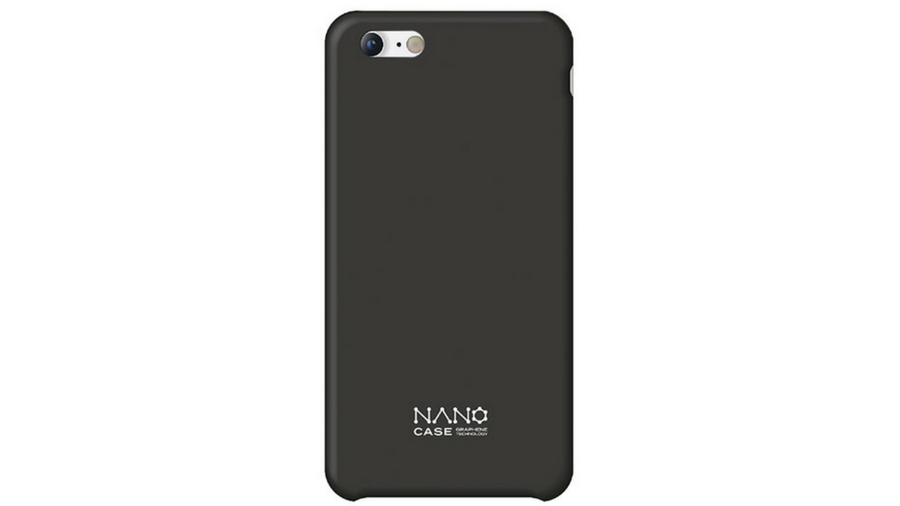
Smartphone cases with built-in batteries for that extra top up just haven't caught on, but the problem of quickly draining phone batteries persists, particularly for power-users. Cue NanoCase for the iPhone X, the iPhone 8/8 Plus, and the iPhone 7/7 Plus, which contains a graphene panel that dissipate excess heat inside the phone quickly.
Doing so extends the battery life of a phone by up to 20%, claim NanoCase's makers. However, it's only going to help you if you're the kind phone user who intensively uses their phone so much that it gets hot. Gamers, take note.
- 1
- 2
Current page: 20 ways graphene will change your life
Next Page 20 more ways graphene will change your life
Jamie is a freelance tech, travel and space journalist based in the UK. He’s been writing regularly for Techradar since it was launched in 2008 and also writes regularly for Forbes, The Telegraph, the South China Morning Post, Sky & Telescope and the Sky At Night magazine as well as other Future titles T3, Digital Camera World, All About Space and Space.com. He also edits two of his own websites, TravGear.com and WhenIsTheNextEclipse.com that reflect his obsession with travel gear and solar eclipse travel. He is the author of A Stargazing Program For Beginners (Springer, 2015),